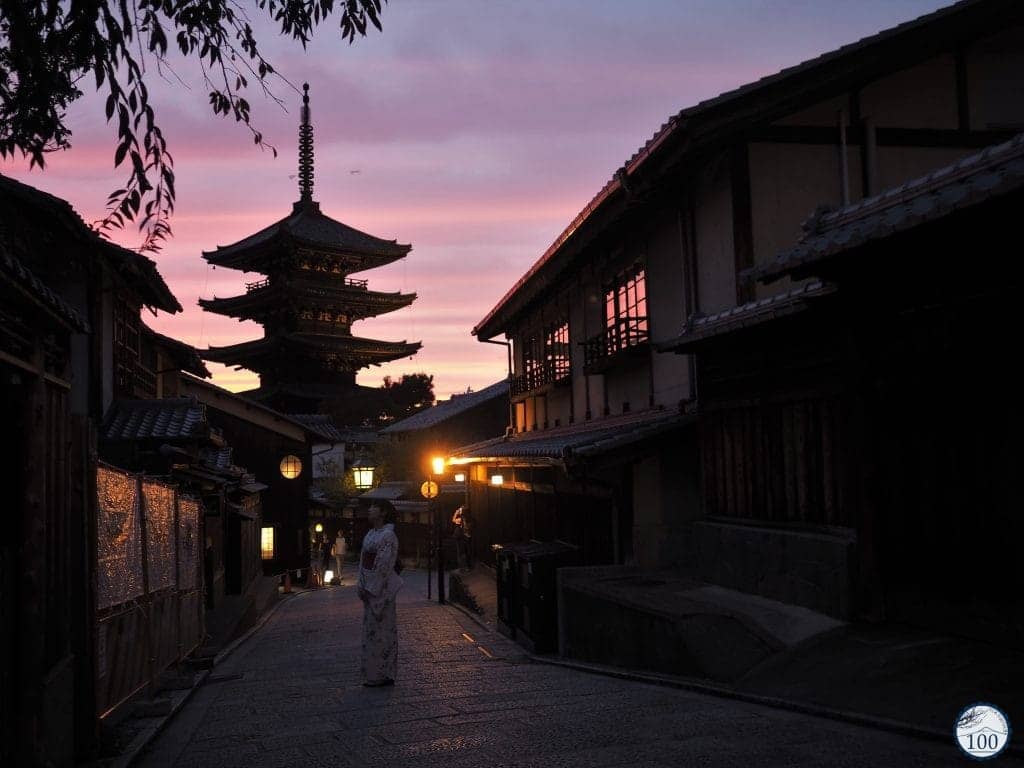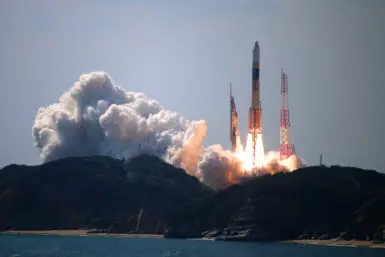Two French journalists are on a mission to capture all of the locations listed on the 100 Landscapes of Japan (Heisei era) by February 2018. At the time of writing, they have explored 76 of the total 100 locations and festivals. Will they make it before their set deadline? Why did they decide to embark on this challenge? We had a chat with one of the journalists, Aurelie Roperch, find out more. The interview has been edited for length and clarity.
Why did you start this project?
Two years ago (from late June to December 2015) we came for the first time to Japan to travel and to volunteer on an organic farm. We made two trips and stayed in total six months. What we saw really surprised us (beautiful nature, amazing places that were not known to foreigners). When this experience was over, we wanted to see more and to share this with others. Since we were previously journalists in France we knew we wanted to write about Japan and its amazing hidden places. That’s why we started Nippon100.
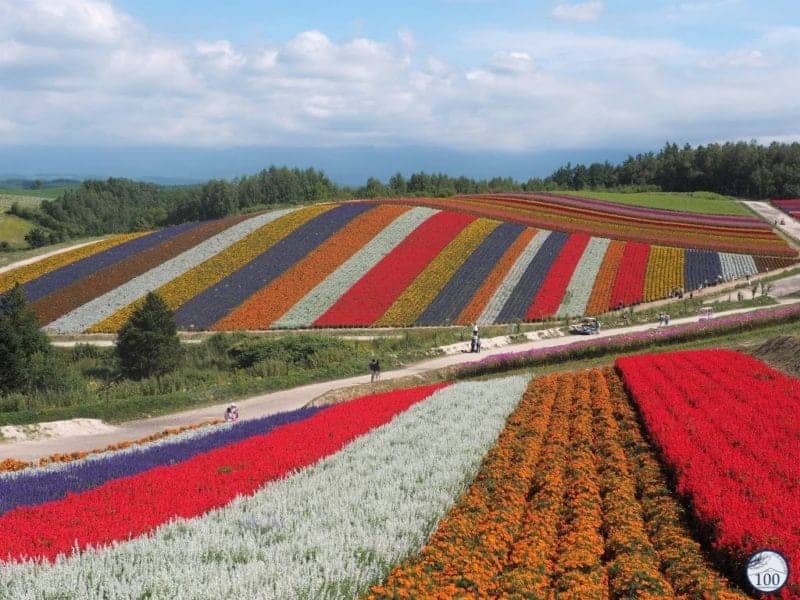
Biei Hills in Hokkaido, Heisei List Number 54
Why did you choose to follow the Heisei 100 list?
We discovered many Japanese rankings (such as The Three Views of Japan, 100 onsen, and 100 sunsets) when we first came two years ago. We wanted to write about places that are still unknown internationally and the Heisei 100 list had many like that. It was also the most recent list of 100 landscapes (the first one was “the 100 landscapes of Japan” created by Emperor Hirohito in 1927). Unlike the other lists, this one does not have one theme and covers many kinds traditional and natural landscapes, including national parks, rivers, castles, onsen, and more modern features such as Akihabara and Tokyo Disneyland, and even some festivals. Also, there is at least one entry from every prefecture in Japan.
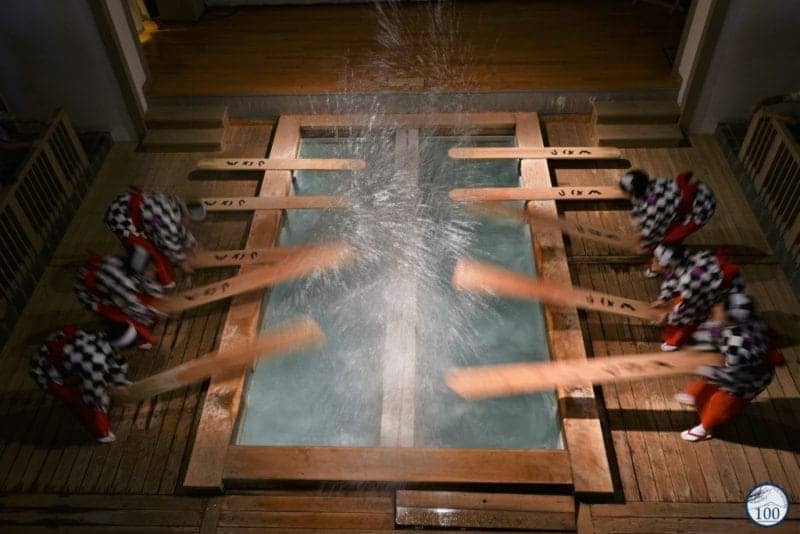
Kusatsu Onsen in Gunma, Heisei List Number 70
What will you do when you have completed the list?
Once we have seen all the 100 landscapes, we will go back to France to start working on the next step of the project, which is the book. We plan on publishing a book in French in autumn 2018. While we do that, we plan to go back to our lives in France and find jobs as journalists there. We would like to keep traveling and writing about Japanese landscapes but only if we find a relevant job opportunity.
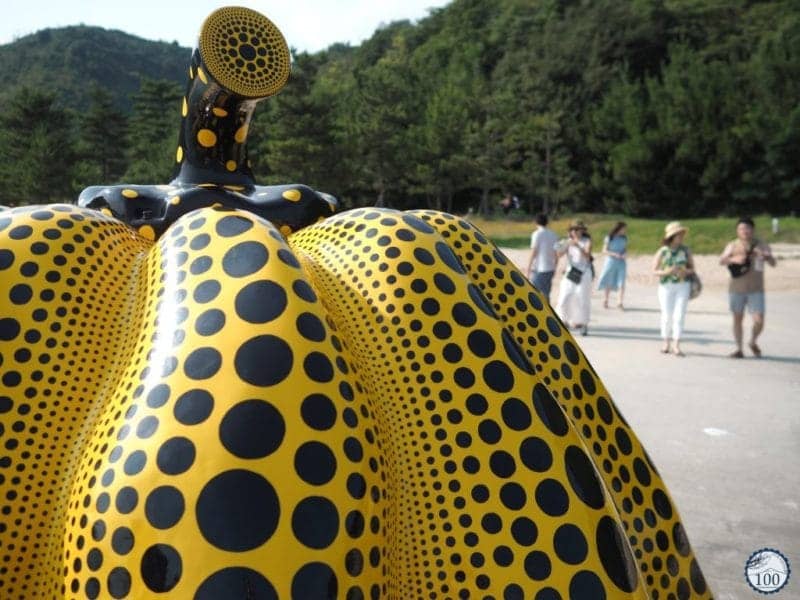
Benesse Art Site Naoshima in Kagawa, Heisei List Number 43
What places have impressed you the most during your stay?
The region that really impressed us the most (and we both agree on this) is the Tohoku area. Here, we found very interesting places both on the list (Mount Zao, Hiraizumi, the Nebuta matsuri) and unexpected on-the-spot discoveries: a road that crosses Fukushima, Mutsu peninsula in Aomori, and the floats of the Sansha-Taisha festival in Hachinohe to name a couple.
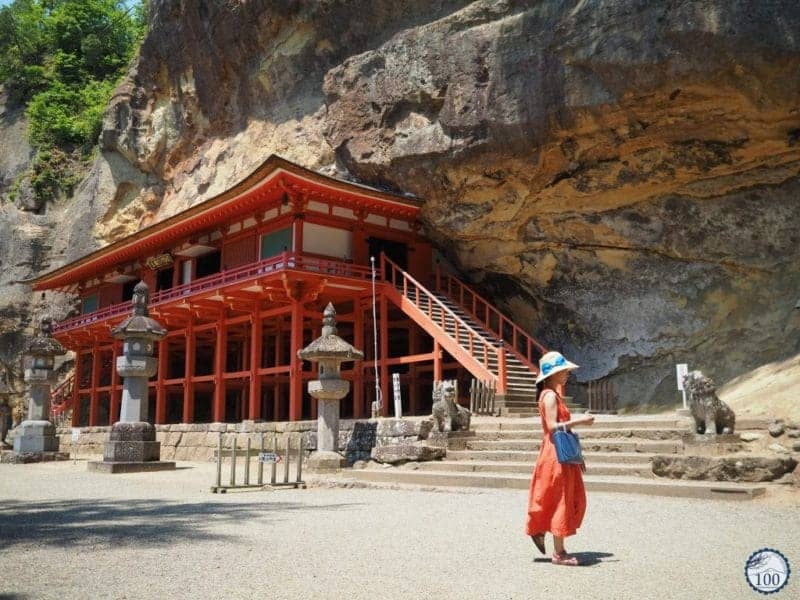
Takkoku no Iwaya Temple in Hiraizumi, Iwate, Heisei List Number 29
What impressed you about these places and events?
The landscapes in themselves were stunning with colors, smells (especially where there was volcanic activity and onsen), hilly locations (Hiraizumi, Yamadera), as well as beautiful nature along cultural and historic spots. There are so many different kind of places to be found in a small area. But thinking about it, we might have been even more impressed because this area is rarely mentioned in guides — at least that’s the case with French ones. The first guide we used when we first came to Japan two years ago said there is literally nothing to see between Nikko and Hakodate. The funny thing is that many Japanese people think the same — even when they are from Tohoku — and are often stunned that we enjoyed their region so much!
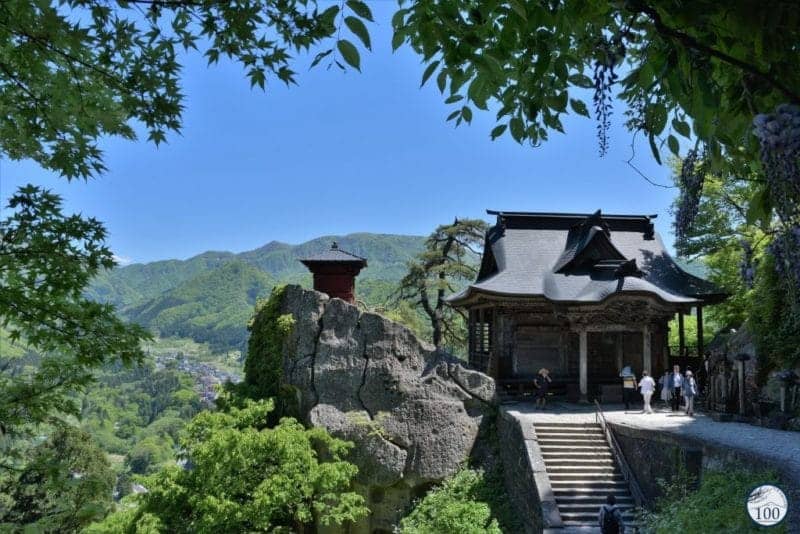
Yamadera (Risshakuji) in Yamagata, Heisei List Number 30
Are there any places on the list you have found disappointing? Or not as you had imagined?
That’s a tough question. We are always amazed that every new landscape we explore offers something new and different from the previous ones. But it’s true that two of them might not have been exactly as we imagined. The first site we visited, Osaka Castle, was before we started the 100 landscapes project. It’s a beautiful structure in the middle of the city, but it was a little disappointing because it’s completely modern inside due to its reconstruction in the 1950s. Many foreign visitors we met felt the same.
Surprisingly, the second disappointment was in Tohoku, which is still our favorite area in spite of that! We visited places on a different ranking list, the Nihon Sankei (The Three Views of Japan). We enjoyed Miyajima and Ama-no-Hashidate, which are two of the great sights. But then – we might have expected too much from the third one – we were a bit disappointed by Matsushima. We found it too touristy and it was difficult to get a strong historical feel of the place.
The four spots famous poet and traveler Basho stood when he discovered the view of the islands were sometimes really hard to find — there were no signs, or paths, and obviously one has to have a car. Also these places were sometimes not properly maintained and as a result some views were partially obstructed at the time we visited. It was a frustrating place, which may have been better in the past but seems to be forgotten.
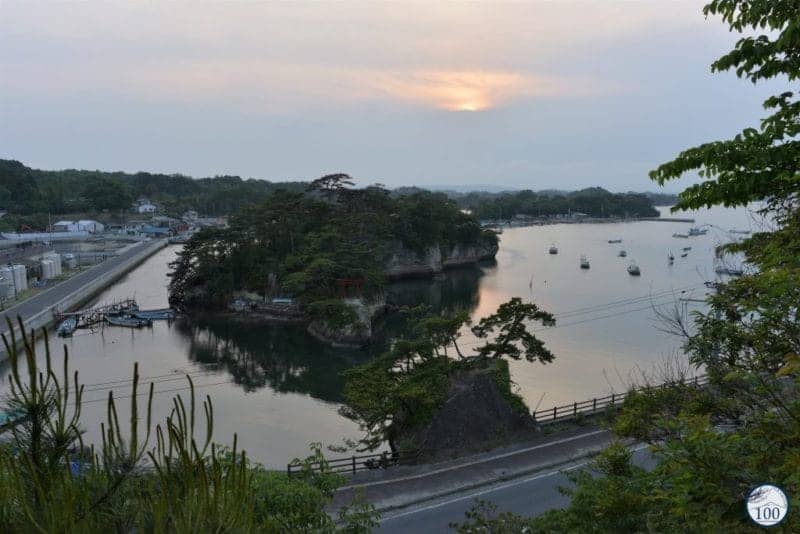
Matsushima Bay in Miyagi, Heisei List Number 32
To find out more about the places Aurelie and Julien have visited so far and to follow their journey to complete their top 100 list, visit
Nippon100.







